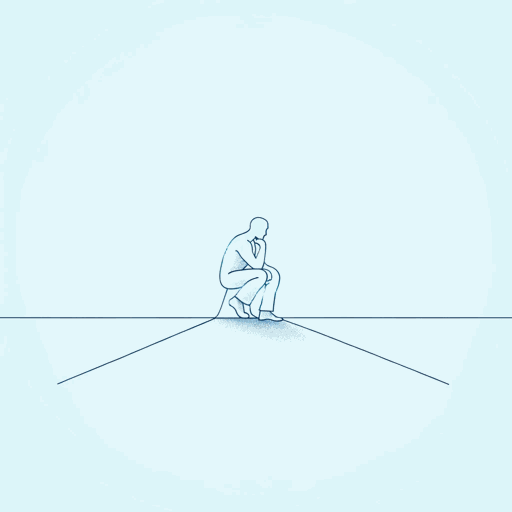50 pages • 1 hour read
Jean-Paul SartreBeing and Nothingness
Nonfiction | Book | Adult | Published in 1943A modern alternative to SparkNotes and CliffsNotes, SuperSummary offers high-quality Study Guides with detailed chapter summaries and analysis of major themes, characters, and more.
Part 4Chapter Summaries & Analyses
Part 4: “To Have, To Do, and To Be”
Part 4, Chapter 1 Summary and Analysis: “Being and Doing: Freedom”
Sartre begins Part 4 by establishing that having, doing, and being are the fundamental practices of human reality. These actions can only take place when the human experiences freedom. Sartre describes freedom as having no essence. Freedom is an action or the ability to act. Freedom does not always correlate with the action of the will. Many choose to act based upon principles independent of the will, and this is still categorized as freedom.
Sartre presents an ontological summary of freedom. First, he argues that “being can be reduced to doing” (622). Action is a fundamental principle which constitutes the self. Second, deciding which action to take is also a form of action. Third, any actions that do not require movement can be described as actions of intention. Fourth, the choices one makes determine how the world presents itself to the individual. Fifth, actions are always aspirational; they always have a goal in mind that may be in separation from the human-reality. Sixth, this previous idea is connected to negation. Human-reality offers options as well as non-options to the individual. Seventh, this choice may be absurd. Eighth, free will is a fundamental part of human existence.
The text then reveals the various dimensions of the situation—the idea that humans have freedom to act within a world that is fundamentally absurd.
Related Titles
By Jean-Paul Sartre





